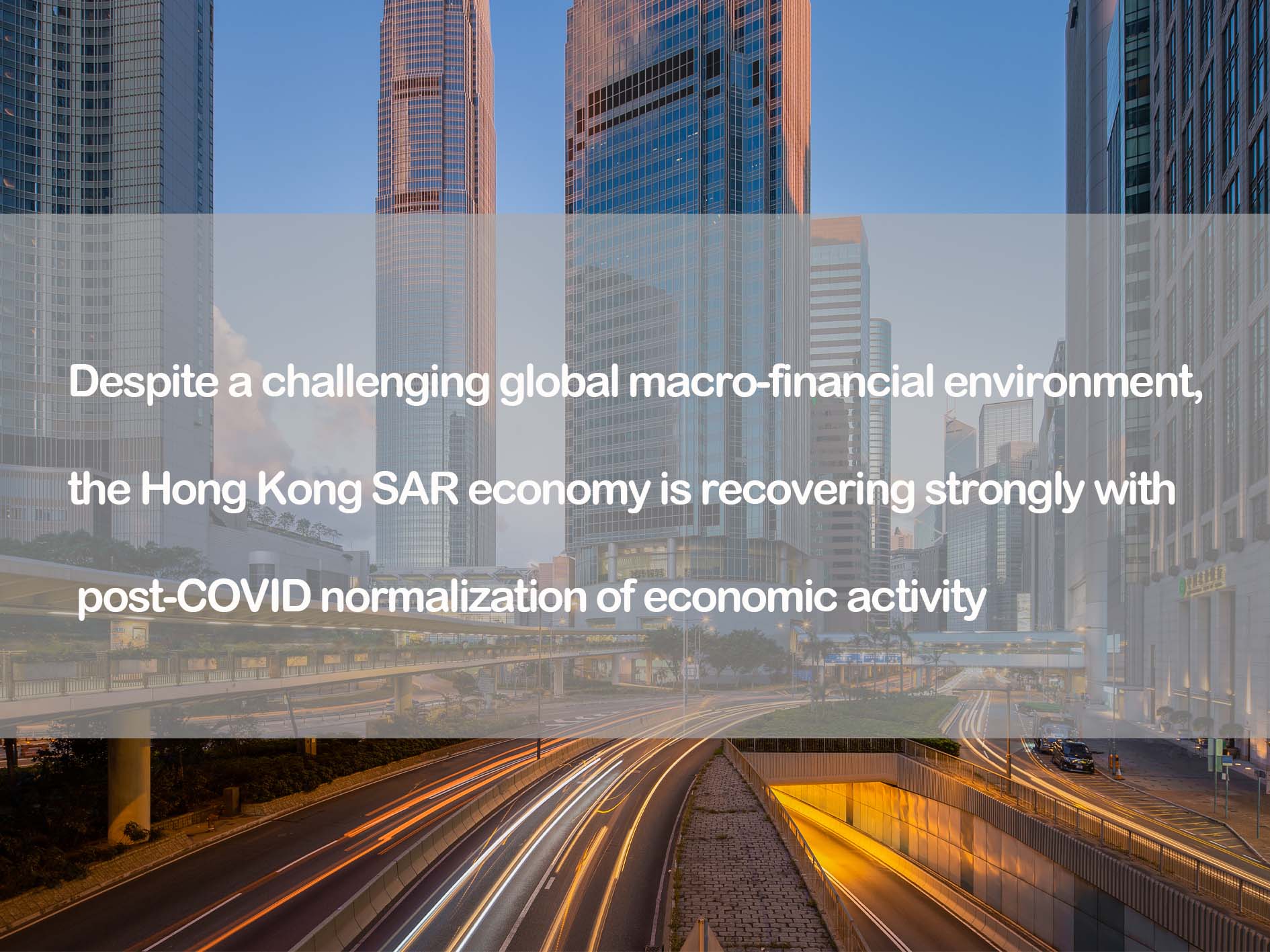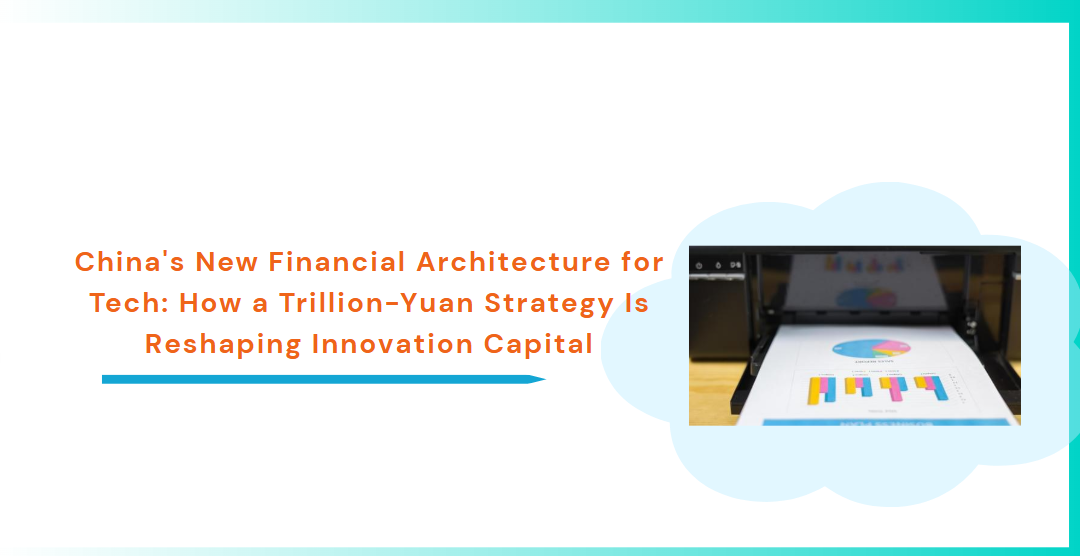China's SME Development in 2024: Regional Innovation, Policy Shifts, and Emerging Challenges for Global Investors
Small and medium-sized enterprises (SMEs) remain pivotal to China's economic dynamism, driving innovation, employment, and social welfare improvements. The recently published 2024 Annual Assessment Report on the Development Environment for SMEs by the China SME Development Promotion Center offers an authoritative, data-rich overview of the evolving landscape for these enterprises. This report, constructed around five key dimensions—market, legal, financing, innovation, and policy environments—draws on extensive surveys involving over 50,000 effective questionnaires from 50 cities nationwide, alongside expert data sources.
Uneven Progress Across Regions and Industries
China's overall SME development environment showed measurable improvement in 2024, continuing a multi-year trend of optimization. Most cities enhanced their performance across multiple indicators, yet pronounced disparities remain among regions, city tiers, and sectors. Notably, the market environment exhibited the smallest score variance, reflecting the steady advancement of China's unified national market framework.
From a regional perspective, eastern cities, particularly those in the Yangtze River Delta, continued to lead. Shanghai sustained its position as the top-ranking city, with other sub-provincial cities capturing nine of the top ten overall rankings. These leading urban centers excelled especially in innovation and policy environments. National innovation carriers, patent authorizations, and technology contract volumes were significantly higher in these areas, supported by established SME development funds and comprehensive service networks.
In contrast, western and northeastern regions lagged in key areas such as policy implementation, property rights protection, and administrative enforcement. However, cities like Wuhan, Chengdu, Xi'an, and Hefei demonstrated robust catch-up momentum, ranking highly on various indicators. This uneven development landscape underscores the complexity facing investors seeking opportunities in China's SME sector, highlighting the importance of granular regional analysis.
Innovation and Resilience Among ‘Little Giants'
A standout finding is the resilience and growth orientation of ‘Little Giants'—specialized, sophisticated, and innovative SMEs. Compared with typical SMEs, these enterprises reported stronger revenue growth, higher innovation planning, and more aggressive investment intentions for the upcoming year. This subgroup's performance suggests targeted policy support and market dynamics are fostering a cohort of SMEs better equipped to navigate challenges such as rising costs and fluctuating demand.
Nevertheless, challenges remain acute and varied by industry. Industrial SMEs grapple with escalating input costs alongside declining order volumes; construction firms face widespread difficulties in accounts receivable collections; the IT and software sectors report severe talent shortages; and service industries confront weakening domestic demand and contracting orders. These sector-specific hurdles imply that blanket policy measures may prove insufficient, and emphasize the need for nuanced, differentiated support tailored to industry realities.
Financing, Legal Frameworks, and Market Access: Progress with Caveats
Financing conditions for SMEs showed improvement, supported by policy enhancements and market reforms. More than 90% of surveyed SMEs expressed satisfaction with market access, factor security, and government services. Furthermore, comprehensive credit indices improved in over forty cities, indicating growing trust and transparency in credit markets.
Legal environment satisfaction also rose significantly, reflecting strengthened intellectual property protections and more consistent enforcement. However, some enterprises reported gaps in policy alignment with emerging industries and inadequate mechanisms for transforming scientific and technological achievements into commercial successes. Digital transformation momentum, while accelerating in key cities such as Beijing, Suzhou, and Shenzhen, remains uneven across the country.
Evolving Policy Ecosystem and Service Infrastructure
The report highlights concrete examples of progressive reforms at city levels. For instance, Nanjing's integration of environmental impact assessments under one approval process, Ganzhou's city-county governance reforms, and Chongqing's enhancements to fair competition review mechanisms illustrate innovative governance aimed at streamlining SME operations.
Similarly, Shenzhen's ‘virtual park'service platform and Xiamen's facilitation of cross-border trade reflect efforts to adapt services to modern SME needs. Moreover, twenty-plus cities have established dedicated SME development funds, while over 1,800 service centers nationwide provide integrated offline and online support, fostering a more accessible and responsive ecosystem.





















































First, please LoginComment After ~